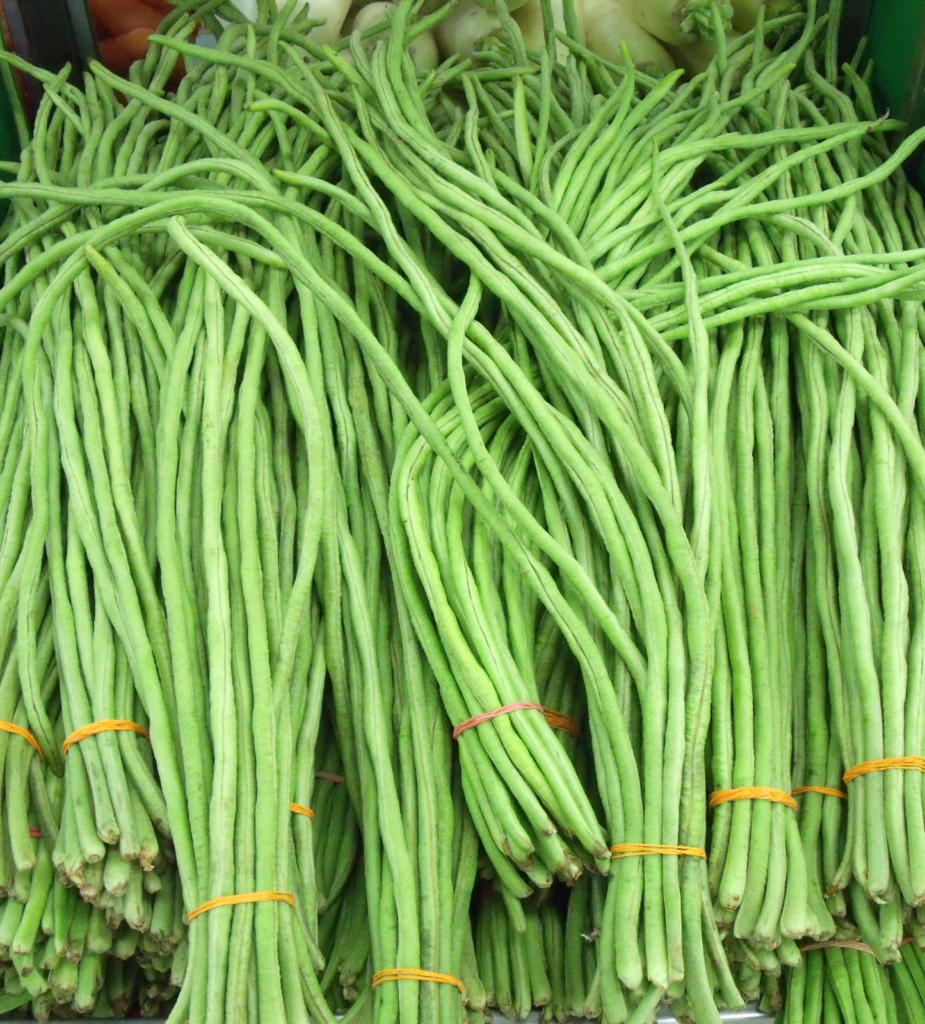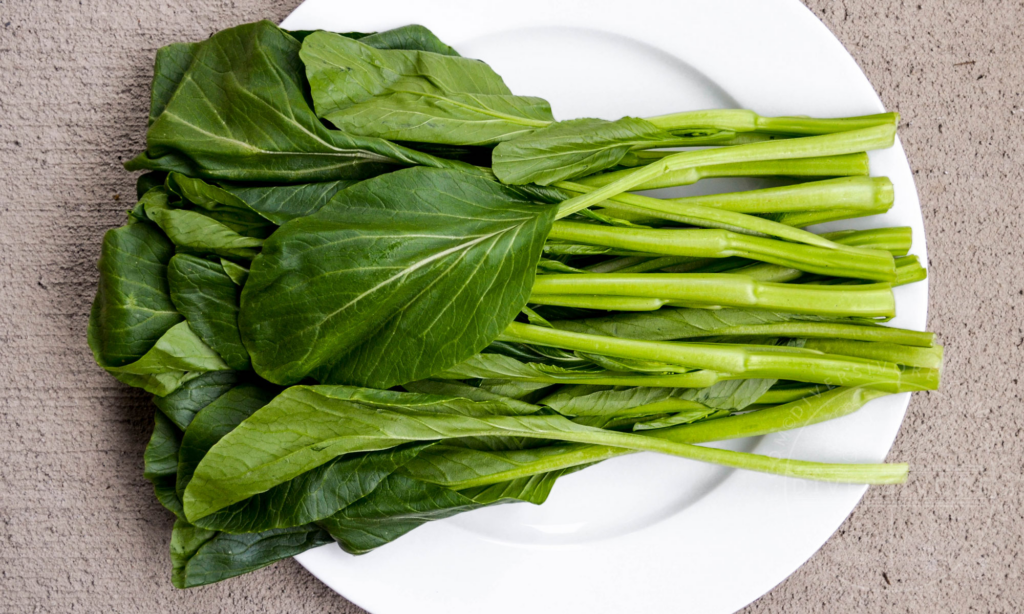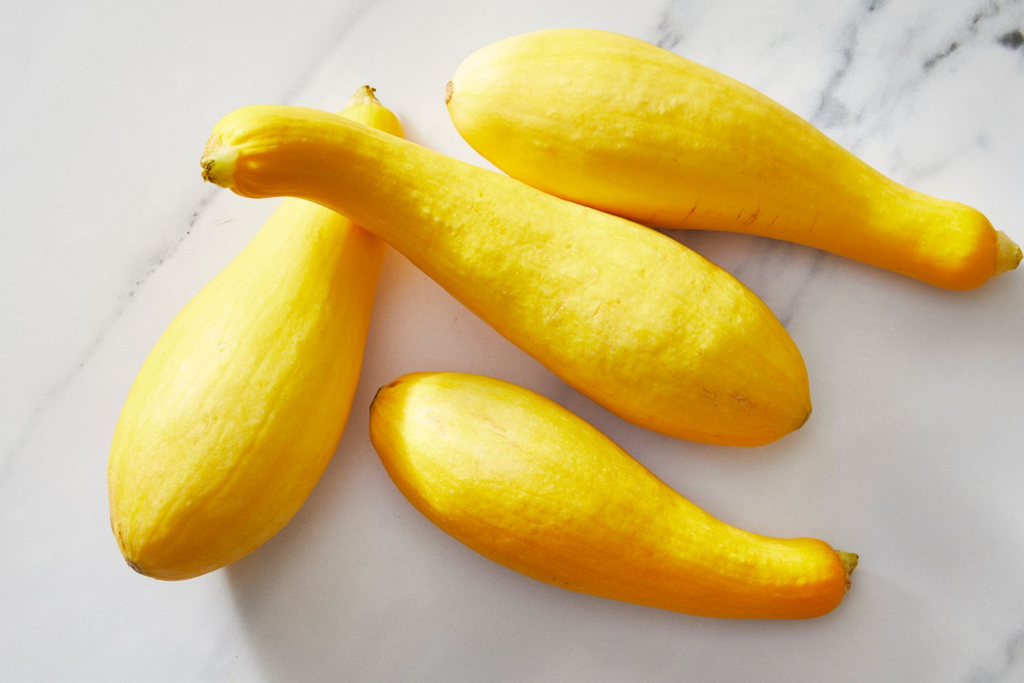Are you curious about veggies you might not have heard of? Exploring vegetables that start with the letter Y can unlock a whole new world of flavors and nutrition. From crisp yams to unique yuca roots, these lesser-known vegetables add variety and excitement to your meals. Join us as we unveil some fascinating and tasty vegetables that begin with Y!
1. Yacon

Yacon is a sweet root vegetable from South America. It has a crispy texture and tastes similar to apples or pears. It is often eaten raw or cooked in dishes.
Per 100g: 71 calories, rich in prebiotics (fructooligosaccharides), vitamin C, potassium, fiber, and antioxidants. It may help digestion and improve gut health.
How to Eat or Use It: Great for salads, snacks, or adding to fruit plates. Can be roasted or boiled.
Diet Compatibility: Low-calorie, high-fiber, suitable for diabetics, and can be combined with yogurt or in smoothies.
2. Yam

Yam is a starchy tuber with a slightly sweet flavor, popular in many cuisines around the world. It can be orange, white, or purple inside.
Per 100g: 118 calories, contains vitamin C, vitamin B6, fiber, manganese, and antioxidants. Supports energy and immune health.
How to Eat or Use It: Often boiled, baked, or fried. Great in stews or as a side dish.
Diet Compatibility: Moderate in carbs, good for energy, and pairs well with herbs and spices.
3. Yam Bean (Jicama)
Yam Bean, also known as Jicama, is a crunchy root vegetable with a slightly sweet flavor. It’s popular in salads and snacks.
Per 100g: 38 calories, high in fiber, vitamin C, potassium, and antioxidants. Good for digestion and immune support.
How to Eat or Use It: Best raw in salads, or sliced for snacking. Can also be cooked lightly.
Diet Compatibility: Low-calorie, high fiber, suitable for keto and low-carb diets when eaten in moderation.
4. Yampah

Yampah is a less common vegetable, related to carrots, with a sweet, carrot-like flavor. It’s mainly used in native cuisines.
Per 100g: Varies, but generally low in calories; contains vitamins A and C, fiber, and antioxidants. Supports eye and immune health.
How to Eat or Use It: Typically cooked in stews or soups.
Diet Compatibility: Low-calorie, and pairs well with herbs and spices.
5. Yardlong Bean (Asparagus Bean or Snake Bean)

Yardlong Beans are long, slender green beans that grow up to a yard in length. They are crunchy and nutritious.
Per 100g: 31 calories, rich in vitamin C, vitamin A, fiber, and antioxidants. Great for eye and immune health.
How to Eat or Use It: Excellent in stir-fries, salads, or steamed as a side.
Diet Compatibility: Low-calorie, high in fiber, suitable for keto when eaten in moderation.
6. Yarrow (Used as Herb/Leafy Green)
Yarrow is an herb with feathery green leaves. It has been used medicinally and as a flavoring in salads.
Per 100g: Very low in calories, contains vitamins A and C, antioxidants, and anti-inflammatory compounds.
How to Eat or Use It: Use fresh leaves in salads or as garnish. Not recommended for large quantities.
Diet Compatibility: Low-calorie, antioxidant-rich, ideal for adding flavor and health benefits.
7. Yao Choy (Choy Sum or Chinese Broccoli)

Yao Choy is a leafy green vegetable with tender stems, commonly used in Asian stir-fries and soups.
Per 100g: 27 calories, high in vitamins C and K, calcium, and antioxidants. Supports bone and immune health.
How to Eat or Use It: Best stir-fried, steamed, or in soups.
Diet Compatibility: Low in calories, great for low-carb diets, pairs well with garlic and soy.
8. Yellow Beet

Yellow Beets are vibrant, sweet-tasting root vegetables. They are similar to red beets but with a milder color and flavor.
Per 100g: 43 calories, rich in fiber, folate, manganese, and antioxidants. Good for blood health and reducing inflammation.
How to Eat or Use It: Roast, boil, or add raw in salads for color and flavor.
Diet Compatibility: Low-calorie, high nutrient content, pairs well with balsamic and goat cheese.
9. Yellow Cucumber

Yellow Cucumber has a sweet flavor and bright color, perfect for salads and fresh dishes.
Per 100g: 16 calories, contains vitamin C, vitamin K, fiber, and antioxidants.
How to Eat or Use It: Enjoy raw in salads, sandwiches, or as a snack.
Diet Compatibility: Low-calorie, hydrating, and pairs well with yogurt or lemon dressing.
10. Yellow Pepper

Yellow Peppers are crunchy, sweet, and colorful vegetables often used in salads, stir-fries, and stuffing.
Per 100g: 27 calories, rich in vitamin C, vitamin A, potassium, and antioxidants. Supports immune and eye health.
How to Eat or Use It: Eat raw in salads, grilled, or stuffed.
Diet Compatibility: Low-calorie, high in nutrients, pairs well with herbs and spices.
11. Yellow Squash

Yellow Squash is a tender, mild squash with a bright yellow color. It’s versatile in many cooked dishes.
Per 100g: 16 calories, vitamin C, vitamin A, fiber, and antioxidants. Supports eye and skin health.
How to Eat or Use It: Best grilled, roasted, or sautéed.
Diet Compatibility: Low-calorie, good for weight management, pairs well with basil and garlic.
12. Yucca Root (Cassava)
Yucca Root, also called Cassava, is a starchy tuber from South America. It needs proper cooking to remove toxins.
Per 100g: 160 calories, contains carbohydrates, vitamin C, and minerals. Provides energy and supports digestion.
How to Eat or Use It: Usually boiled, fried, or made into flour for baking.
Diet Compatibility: High in carbs, suitable for energy but not keto-friendly. Good paired with dips or in gluten-free recipes.
13. Yukon Gold Potato
Yukon Gold Potatoes are yellow-fleshed potatoes with a buttery flavor. They are great for mashing or roasting.
Per 100g: 89 calories, rich in vitamin C, potassium, and fiber. Supports energy and heart health.
How to Eat or Use It: Ideal for boiling, baking, or frying.
Diet Compatibility: Moderate in carbs, pairs well with herbs and butter.
14. Yautia (Malanga)

Yautia or Malanga is a root vegetable used in Caribbean and Latin American dishes. It has a starchy texture.
Per 100g: About 90 calories, contains fiber, vitamin C, and antioxidants. Good for digestion.
How to Eat or Use It: Typically boiled, mashed, or used in soups and stews.
Diet Compatibility: Energy-rich, pairs well with savory herbs and spices.

Jean Smith is a fitness enthusiast and blogger who focuses on fitness and a healthy lifestyle. She is passionate about assisting people in living healthier lifestyles and is constantly on the lookout for new and creative methods to stay fit and healthy. Her articles are excellent resources for anyone interested in improving their health and fitness.
